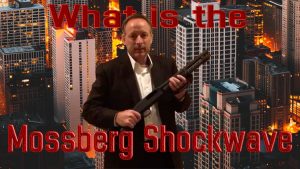Earlier this month, a state appellate court issued a written opinion in a New York gun crime case discussing whether the arresting officer’s conduct violated the defendant’s constitutional right to be free from unreasonable searches and seizures. Ultimately, the court concluded that the officer possessed a reasonable belief that the defendant was armed or had recently committed a crime, and thus it held that the search of the defendant was permissible.
Police Interaction with Citizens
Under New York law, there are four levels of interactions between a police officer and a citizen. The more evidence a police officer has to believe that they are in danger or that the suspect has committed a crime, the more authority the officer has to stop, detain, frisk, and search the individual.
The Facts of the Case
The plaintiff was riding in a vehicle as the front-seat passenger, when the car was pulled over by police for a traffic violation. As one of the police officers approached the vehicle, he noticed that the defendant made a sudden move with his hand from his right shoulder to his lap area.
 New York Criminal Attorney Blog
New York Criminal Attorney Blog


